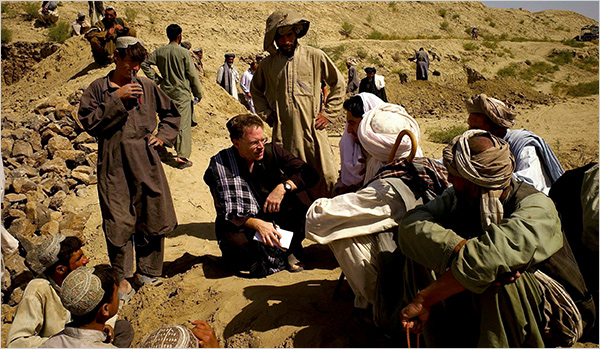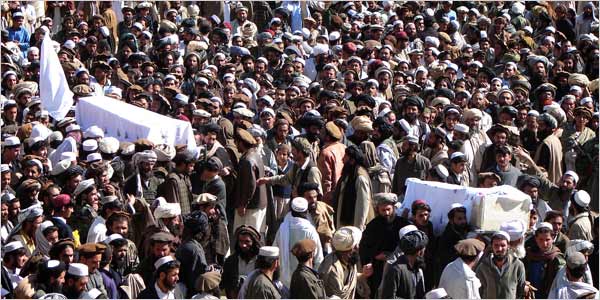Australia Moves to Force Google and Facebook to Compensate Media Outlets
The decision, announced after talks on a voluntary system stalled, is part of a global push to save local news organizations.
Link: https://www.nytimes.com/2020/04/20/business/media/australia-facebook-google.html
The Australian government said on Monday that Google and Facebook would have to pay media outlets for news content in the country, part of an emerging global effort to rescue local publishers by moving to compel tech giants to share their advertising revenue.














